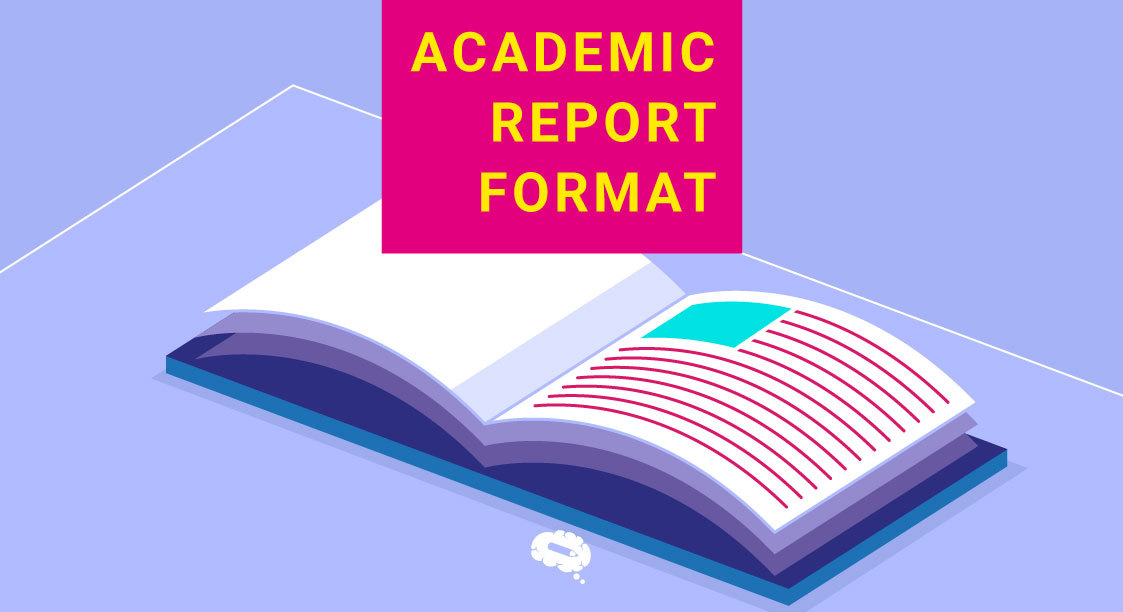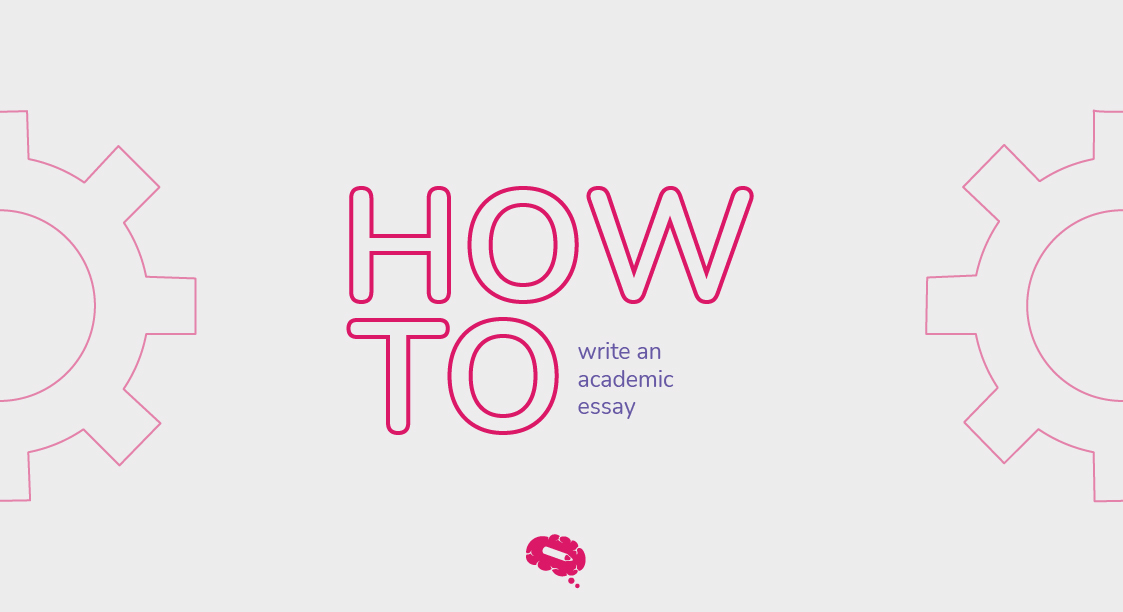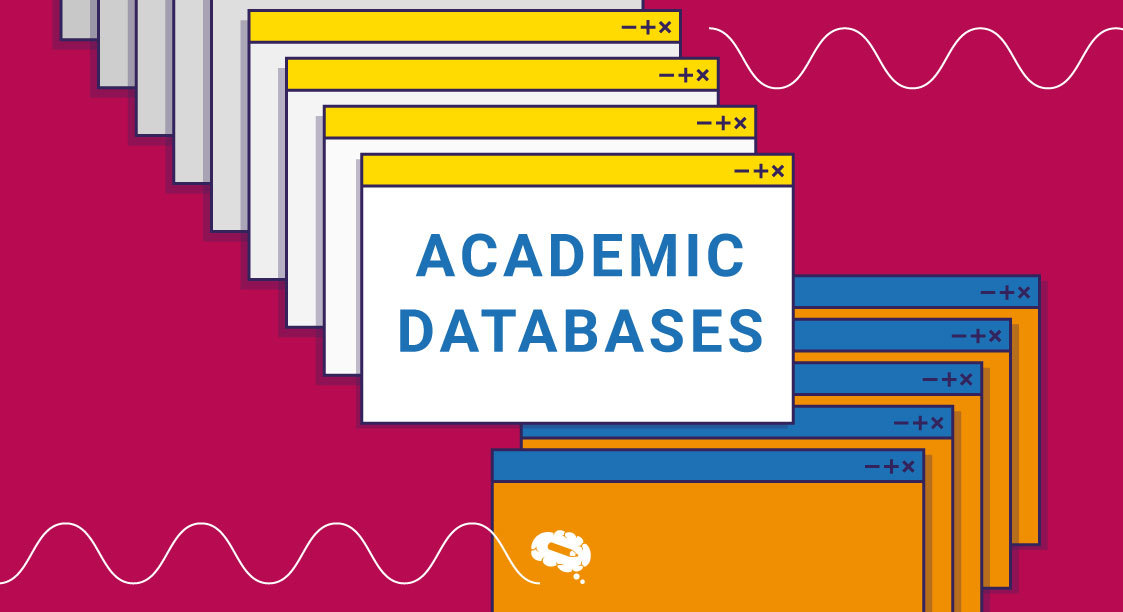Have you faced rejections of articles just because you did not know the structure of the academic report format that you were required to present? We are sure all of us have gone through the terrible times of sectioning and formatting the content according to the publisher’s or conference organizer’s fancies.
Last-minute submissions and those nightmares are common in the research field. Let’s discuss the academic report format to help you sail smoothly through your next submission.
Typer av akademiske rapporter
When it comes to writing academic reports, there are a variety of formats and structures that can be used. Knowing the type of report you need to write can help you accurately structure your information in the best way possible for maximum impact. Some common types of academic reports include research papers, Laboratorierapporter, casestudier, litteraturgjennomgang, and surveys, for example. Each one requires different elements and follows a specific academic report format – all while adhering to certain requirements depending on the subject matter or course material.
Additionally, each report should have an introduction section containing background information about the topic being addressed as well as objectives which will serve as signposts during your discussion. This will then lead into further sections such as results & findings (for primary data), conclusions (for secondary data), and finally, recommendations if applicable – all wrapped up with thoughtful consideration towards any ethical issues that may have been encountered along the way. By following these guidelines appropriately you’ll be sure to create impactful academic reports that are structured properly.
Les også: Hvordan skrive en innledning til en forskningsoppgave
Elementer i en akademisk rapport
Når du skriver en akademisk rapport, er det viktig å følge riktig format og struktur. Dette vil gjøre oppgaven din mer effektiv når det gjelder å formidle informasjon, samtidig som det viser at du har en god forståelse av rapportens bestanddeler. Her er noen viktige elementer du bør ta hensyn til når du skal lage en akademisk rapport med gjennomslagskraft.
Tittelside
The title page should include the name of the author, or authors, their affiliation (if applicable) as well as any other relevant contact details such as email address or phone number. It should also contain a brief description of what is included within this document so readers can quickly understand its contents without having to read through every section.
With different kinds of academic report formats, the title page is different. For the dissertation thesis, the title page may contain the name of the academic institution that you belong to (sometimes a logo of the institution), the year of submission, and name of the student submitting. However, in the field of case studies, it would be wise to write a summary of the case study to brief the reader. Usually, the elements are provided by the institution or publication house for ease of writing.
Innholdsfortegnelse
Akademiske rapporter er viktige dokumenter som brukes til å kommunisere og presentere funn, analyser og konklusjoner fra en forskningsstudie. En effektiv rapport er godt strukturert og har en tydelig formatering som gjør det lettere for leseren å forstå innholdet.
The first step in drafting an academic report is creating a Table of Contents (TOC). A TOC maps out the sections and subsections of your paper by providing each section’s title as well as its page number. This allows readers to easily find what they are looking for without having to search through all pages of text. The table should start on a new page after the title page or abstract; this can be accomplished by inserting a “Page Break” command at the end of those two elements before starting your TOC.
Generelt sett bør titler vises både på egne linjer i brødteksten og som egne oppføringer i selve innholdsfortegnelsen (f.eks. Innledning vs. 1 Innledning). Avhengig av lengden kan det ofte være nyttig å inkludere flere underavsnitt for å gjøre det enklere å navigere, men disse trenger ikke å vises begge steder med mindre det er ønskelig.
Når den er ferdig, vil en nøyaktig innholdsfortegnelse gjøre det mye enklere å navigere gjennom lengre artikler, samtidig som den bidrar til å holde orden på de viktigste punktene slik at andre lesere raskt kan forstå dem.
Erklæring om formål
Some academic report formats start with a statement of purpose, which gives readers an overview of what the paper will be about and why you chose this particular topic. This should provide context and explain why your research matters so that readers can follow along easily.
Etter formålsbeskrivelsen følger seksjoner som dekker metoder, resultater, diskusjon, konklusjoner og anbefalinger samt referanser. Hver del må være riktig formatert i henhold til etablerte standarder (APA eller CSE or any other format required). Furthermore, all information presented must adhere to ethical reporting guidelines such as accurately documenting sources and avoiding plagiarism or other forms of scientific misconduct. Read denne artikkelen og lære mer om plagiering.
Innledning
An introduction serves as a roadmap for readers that outlines what they can expect from the rest of your content. It should provide background information about context and objectives while guiding readers through its main points without going into too much detail. If relevant, examples could be used here also; this would help demonstrate more clearly how these elements are included in practice within even complex studies while conveying accurately key insights derived from them at the same time.
Det er forskjellig fra formålet med en innledning, ettersom formålet med en innledning er å introdusere emnet for leseren. Formålet med formålsformuleringen er derimot å introdusere leseren for den akademiske rapporten, forskningsoppgaven osv.
Hovedinnhold
Also known as “body”, the main content of an academic report should be structured in a way that presents the topic. A well-structured body of the report not only conveys information to readers but also keeps them engaged and provides context for understanding key points. This can be managed using headings, subheadings, bulleted or numbered lists when appropriate, tables and figures (graphs, diagrams) if necessary, as well as text formatting techniques like boldface for emphasis purposes.
The body section is the heart of the article. For various kinds of academic article formats, the body may include research methodology, details of the survey sites, data collection and analysis, background information related to findings, explanation of key results from study or experiment; discussion, and comparisons at times. This section usually has statistical data analysis and you can provide summary statistics using tables and charts too. Feel free to use the Mind the Graph platform to express your results in the best ways with a vast library of scientific icons. Du kan også be oss om å utarbeide ikoner som er spesifikke for dine behov, og teamet vårt vil ta kontakt og designe dem for deg.
Oppsummering eller konklusjoner
Drawing meaningful conclusions from the survey, research, and systematic review is very important. Readers are inclined more to read your conclusions to get inspiration for their work and relate their journey. This section can also include recommendations for future research or action steps.
Vedlegg (om nødvendig)
Depending on the subject matter of the report, appendices may be needed to provide further clarification or detail. Appendices should include any additional material that does not fit into the main body of the text but can still support its purpose. Sometimes this is also named “supplementary information”. This could range from images and tables to detailed calculations, transcripts, or surveys related to the research topic.
The content must be organized clearly with each appendix numbered according to how they are referenced in the report (e.g.: Appendix 1). Each appendix should also start with a heading providing a clear indication of what type of data is being presented within it as well as other relevant details such as methods used if appropriate. Additionally, if multiple appendices are included there should be an overarching ‘List Of Appendices’ at the beginning so readers can easily locate them throughout the document.
Liste over referanser
En omfattende referanseliste er nøkkelen til en god akademisk artikkel. Referansedelen skal inneholde alle kilder som er brukt i arbeidet med rapporten, eller som er nevnt ved navn i teksten. Avhengig av kravene fra institusjonen din, kan det hende du må bruke enten APA or MLA style for formatting citations. Generally speaking, each reference entry should include information such as authors’ names, publication date (if applicable), the title of the work referenced including version number (when relevant), and publisher’s name (or URL if accessed online). For managing references, you could also take the help of online and offline reference management software such as EndNote.
I denne artikkelenkan du lære mer om Mendeley, en gratis programvare for referansehåndtering som gjør det mulig for forskere å organisere, dele og oppdage forskningsartikler.
Formatering av den akademiske rapporten
Når det gjelder akademiske rapporter, er formatet avgjørende. Rapporten må være kortfattet og enkel å følge for alle lesere; strukturen bør være logisk, tydelig og organisert på en måte som gjør at leserne raskt forstår hva du har funnet ut.
Once you have prepared good engaging content, it must be served right to the reader. Understand the basics of good layout – make sure to include headings at appropriate points and use bullet points when necessary. With technological advancements, it is possible to use software and formatting tools like LaTeX for en problemfri presentasjon av artikler. Don’t forget to use Mind the Graph for preparing graphs and figures to make your article beautiful.
Skrivestil og tone
Når du skriver en akademisk rapport, er det viktig å tenke på målgruppen og bruke en klar og konsis tone. En akademisk rapport må skrives i et språk som er lett å forstå for lesere som ikke nødvendigvis har kompetanse på det aktuelle emnet. Det er viktig at forfatteren holder seg objektiv gjennom hele rapporten, da dette øker troverdigheten og påliteligheten.
Oppdag den ideelle infografikkmalen som er skreddersydd for dine forskningsbehov
Imagine stumbling upon a tool that streamlines scientific complexity, transforming intricate concepts into easily digestible infographics. Sounds miraculous, doesn’t it?
Certainly, infographics are a smart choice, particularly for scientists and researchers, as they facilitate audience comprehension of your work. If you haven’t tapped into this advantage, consider registering for the Mind the Graph tool. This resource enables you to connect your content with the world’s most extensive scientifically accurate illustration library, offering over 75,000 options to enhance your work.

Abonner på nyhetsbrevet vårt
Eksklusivt innhold av høy kvalitet om effektiv visuell
kommunikasjon innen vitenskap.






